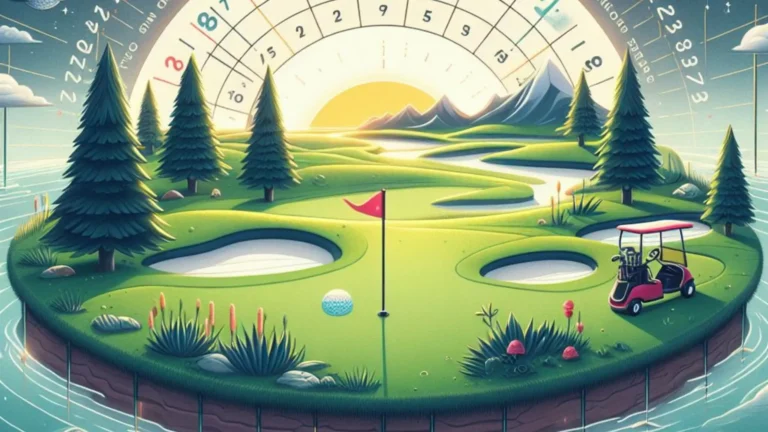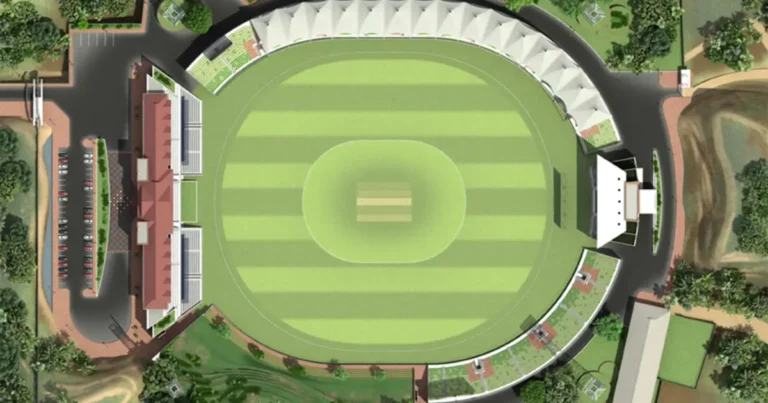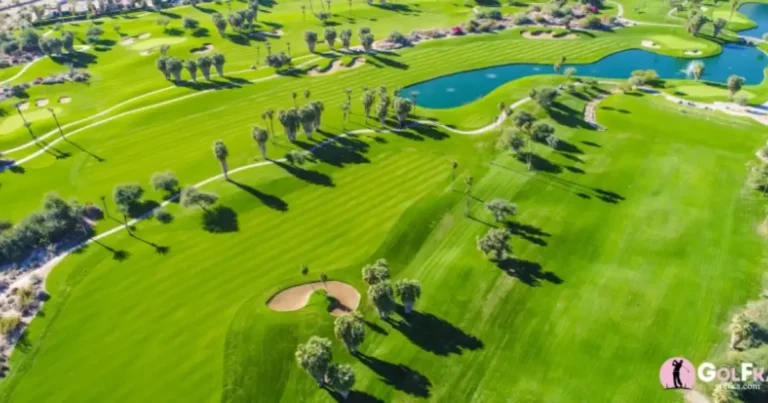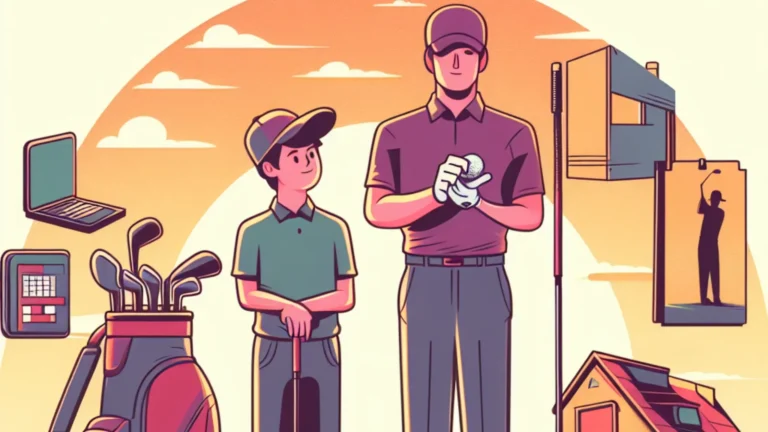The Bowed Left Wrist: Is this move right for you?
The bowed left wrist is a hotly debated technique in the golf world. Championed by instructors like Larry Mize as helping square the clubface, it has also drawn criticism for promoting an overly shut club position at impact. For amateur players considering whether to utilize a bowed left wrist, much depends on their individual swing mechanics and skill level. Evaluating the possible benefits and drawbacks of this move can help golfers decide if incorporating some measure of bow is right for their game.
What is the Bowed Left Wrist?
The bowed left wrist refers to a position where the back of a right-handed golfer’s lead wrist bends outwards away from the target at a given angle. This creates a slight concave “cupping” of the wrist vs keeping it flat and straight. A bowed wrist generally manifests in transition approaching impact as increased ulnar deviation along with slightly greater dorsiflexion. At setup, bowing can impart the clubface into a shut position which must then reopen through the downswing. How much to bow comes down to what proves stable for each player’s release pattern and desired ball flight.
Benefits of Using a Bowed Wrist Technique
Transition Consistency
For some golfers, introducing an intentional bow into the lead wrist during transition promotes a more repeatable sequence of body turns matched with proper wrist hinge and unhinge timing. Bowing early on can help prevent casting by maintaining lag while also keeping the clubface square to the target line longer. With practice, this engrained movement may increase overall shot consistency.
Automatic Squaring of Clubface
Proponents like instructor Larry Mize argue that allowing lead wrist flexion naturally coils the forearms and shoulders together to square the clubface back up by impact. This cause and effect relationship can produce flush striking without manipulating the hands consciously during the downswing. Less active hands may also decrease odds of a breakdown in mechanics when under pressure.
Increased Initial Clubface Control
A bowed left wrist generally presets the club into a slightly shut position rather than wide open. While too much bow risks closing the face too soon, some bow provides a level of face angle control into transition. This permits making adjustments byfeel later in the swing to achieve desired impact conditions.
Potential Drawbacks of Bowing the Lead Wrist
Overly Closed Clubface Issues
If bowed too early or excessively in transition, the lead wrist can force the clubface radially offline into an extremely shut orientation approaching impact. Players with bowed wrist habits often battle chronic pulls, hooks, and flared or toe-struck shots resulting from clubface closure through contact. This renders the technique entirely unsuitable for certain players.
Increased Chance of Deceleration
Some critics believe introducing even minor wrist bow tendencies could encourage flaws like decelerating into impact to compensate for the shut position. Subsequent shot deficits like loss of power and distance control may follow. This makes the technique controversial when advised across the board.
Demands Significant Practice
Mastering any amount of controlled, intentional bowing during the swing requires ingraining the proper wrist mechanics through significant practice. Attempting to bow without a structured training program risks very negative outcomes. The downside risk with poor execution remains quite high.
Determining Bowing Wrist Suitability for Your Game
Assessing Wrist and Arm Dominance
Golfers who tend to mostly utilize arms and leverage length for power should typically avoid any bowed wrist elements. Bowing goes against more upright releases better leveraged physically with straight arms and wrists.
Evaluating Clubface Control Tendencies
Players who already struggle with manipulating an open clubface from transition onwards likely want to avoid introducing extra face closure through the lead wrist. Those able to hold and refine face angles more readily may experiment cautiously.
Considering Swing Bottoming Tendencies
Golfers prone to scooping, flipping, or bottoming out swing arcs early due to improper weight shift patterns would face more downside from bowed wrist mechanics. The technique generally works best with players able to pressure into a neutral or slightly descending bottoms.
Conclusion
While a bowed left wrist serves some top players well as a dynamic clubface control element, it remains a controversial technique. Much depends on physical capability, skill level, preferences and swing characteristics when determining if bowing the lead wrist proves helpful or detrimental. Golfers noticing all too many pulled hooks or toe-struck flares may want to first revisit fundamentals before attempting to integrate any bowed wrist action. With an openness to experimentation along with plenty of practice, some may find this component furthers their pursuit of swing repetition. But more players likely persist frustrated, as the bowed wrist for most poses more trouble than merit.







